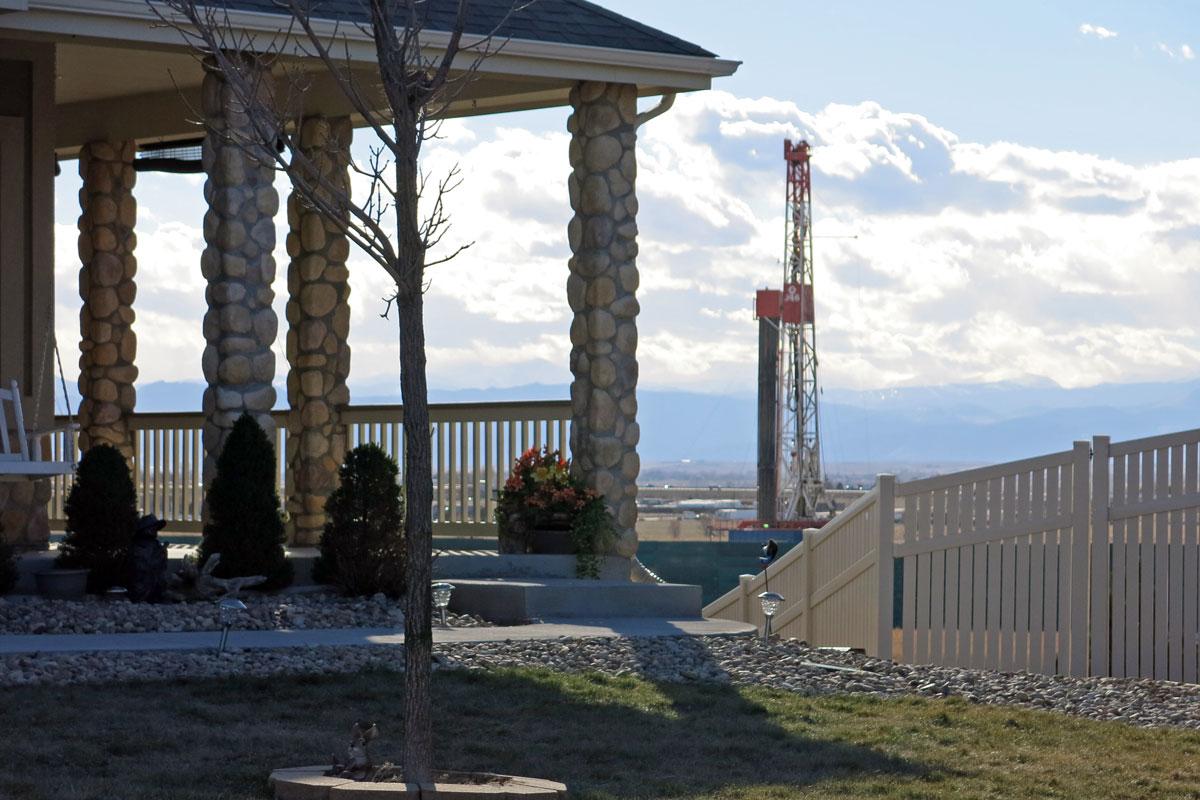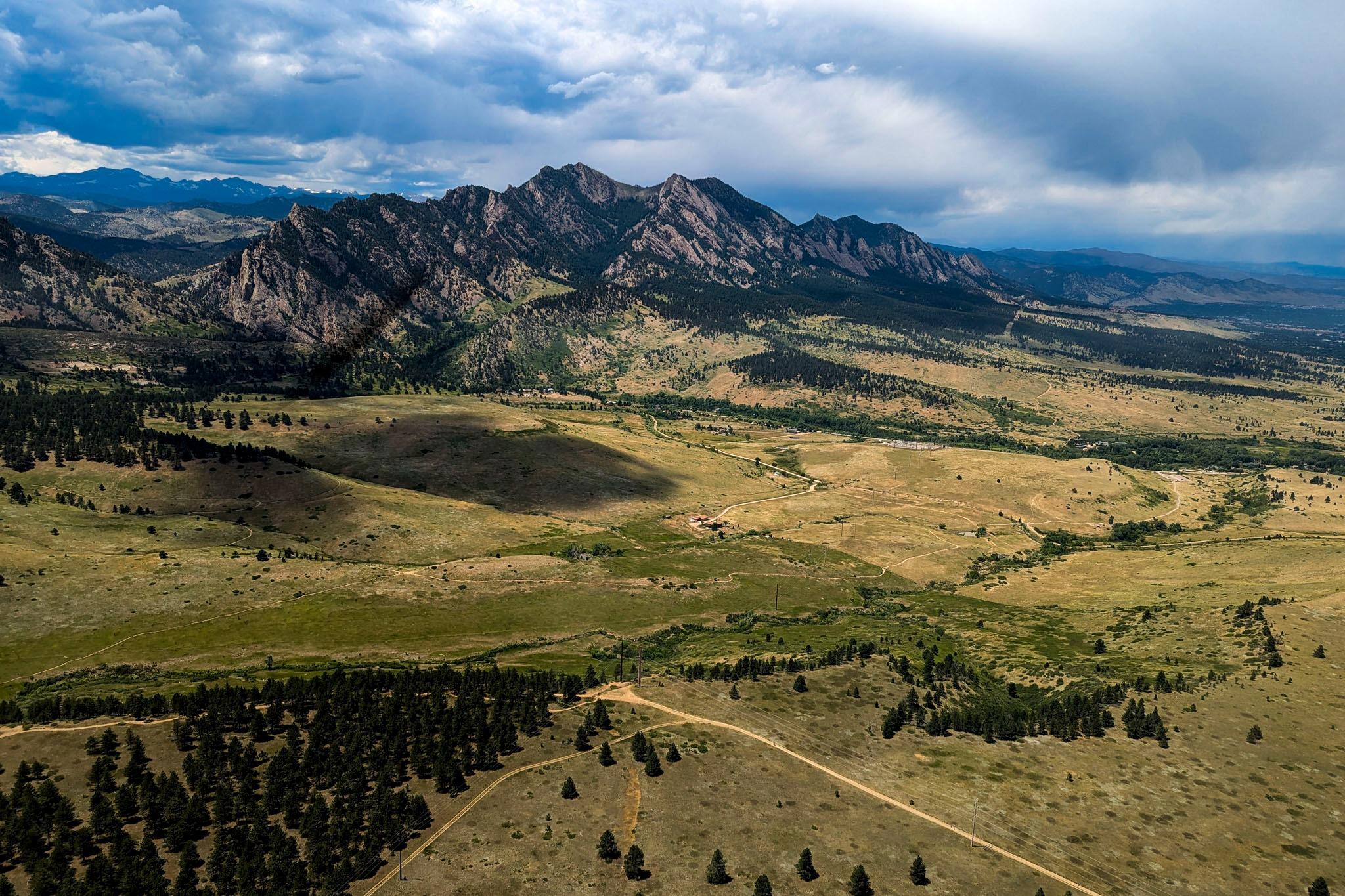

Clashes between oil and gas companies and communities led the state to convene a task force to find ways to get more local input in decisions about where -- and how -- minerals are extracted near neighborhoods. One thing that came out of it was money for the state to study the potential health effects of living near oil and gas wells, which has been a concern for some residents on the Front Range and the West Slope.
To do its analysis, which is set to be completed in 2018, the Colorado Department of Public Health and Environment will rely on data collected recently by Colorado State University, which the state's chief environmental epidemiologist, Mike Van Dyke, says is unique.
"These are the first two studies that have directly measured the emissions from multiple phases of oil and gas operations," Van Dyke says.
"I haven't come across any data like this in the world."
Led by Jeffrey Collett, head of CSU's Atmospheric Science Department, CSU studied air quality near oil and gas wells on the Front Range and in Garfield County, a hotbed of oil and gas activity on the West Slope. Collett spoke with Colorado Matters host Ryan Warner about the findings.









